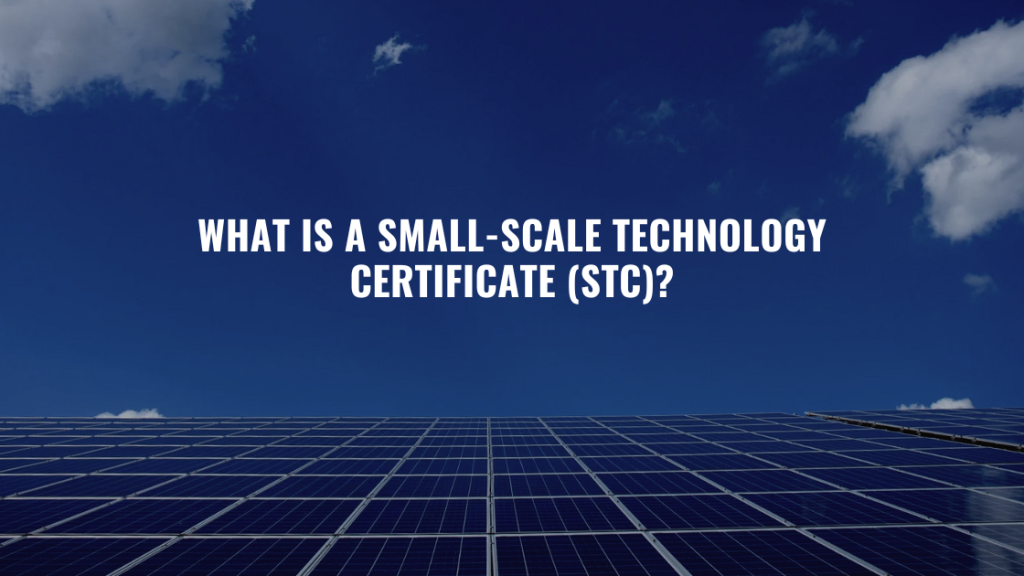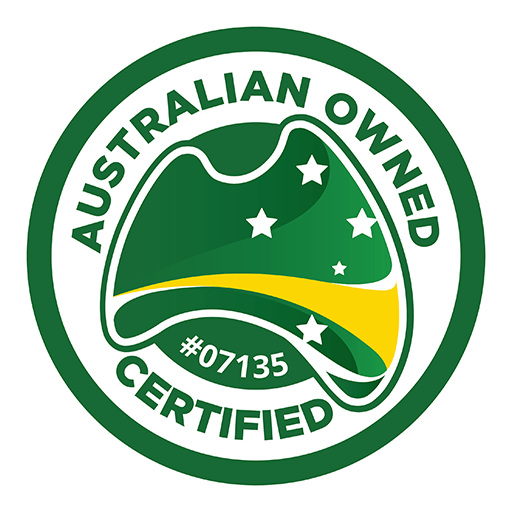In Australia, Small-scale Technology Certificates (STCs) play a crucial role in making solar energy more affordable and accessible. Part of the government’s Renewable Energy Target (RET) program, STCs provide a financial incentive for those who install solar, wind, or other renewable energy systems at a small scale. In this blog, we’ll explore what STCs are, how they work, and why they’re an essential part of Australia’s solar industry.
Table of Contents
ToggleWhat Are STCs?
Small-scale Technology Certificates (STCs) are tradable certificates issued by the Australian government to homeowners, small businesses, and other small-scale installations that invest in renewable energy systems like solar panels, solar water heaters, and wind or hydro systems. These certificates are part of the Small-scale Renewable Energy Scheme (SRES), designed to encourage and financially support the adoption of renewable energy in Australia. The more energy a system is expected to generate, the more STCs it earns.
How Do STCs Work?
The number of STCs you receive depends on several factors:
- Location: Australia is divided into zones based on sunlight exposure, meaning locations with more sunlight generate more STCs.
- System Size: Larger systems produce more energy, which results in more STCs.
- Installation Year: STC values reduce each year to reflect the decreasing cost of renewable technologies, as the government gradually aims to make solar viable without subsidies.
When a solar installation is completed, the system owner can apply for STCs, which they can then sell on an open market or transfer to their solar installer as a discount on the installation price.
How STCs Reduce Solar Installation Costs
The value of each STC fluctuates based on market demand, but typically it’s in the range of $30-$40 per certificate. For example, if a residential solar system in a high-sunlight region qualifies for 80 STCs and the current STC value is $38, it could effectively reduce the installation cost by 80 x $38 = $3,040. Most installers will calculate the expected STC discount upfront, deducting this amount from the overall installation cost, making solar more affordable from the start.
Benefits of STCs
- Upfront Discount: Homeowners and businesses typically receive the financial benefit of STCs right away as installers often deduct the STC value from the installation price.
- Encourages Renewable Adoption: By lowering costs, STCs make it easier for Australians to switch to renewable energy.
- Supports Emission Reductions: The SRES, supported by STCs, is part of Australia’s goal to reduce greenhouse gas emissions by shifting away from fossil fuels.
Why STCs Matter in Australia’s Renewable Energy Future
STCs contribute to Australia’s transition to a low-carbon future by incentivizing solar and other renewable technologies. By making renewable energy affordable and accessible, the STC system helps individuals, communities, and businesses alike reduce their carbon footprint, increase energy independence, and contribute to national energy goals.
How to Claim STCs for Your Solar Installation
Most reputable solar installers handle the STC claim process on behalf of the customer, simplifying it for homeowners. Here’s an overview of the basic steps:
- Install a Certified System: Ensure your solar system is eligible for STCs and installed by a Clean Energy Council-accredited installer.
- Calculate the STCs: The installer will calculate the number of STCs your system qualifies for based on size, location, and expected energy production.
- Receive a Discount: The STC value is usually deducted from the system’s upfront cost, or you may receive the certificates directly if you prefer to sell them yourself.
Are STCs Still Worthwhile?
Yes, though the number of STCs issued per installation decreases gradually each year, solar installations remain cost-effective, especially in regions with high electricity costs or abundant sunlight. Even as STCs phase out, advancements in solar technology continue to make solar a worthwhile investment for households and businesses alike.
Conclusion
Small-scale Technology Certificates (STCs) are a significant part of Australia’s efforts to increase renewable energy adoption and lower emissions. They make solar more affordable, reduce the overall cost of installation, and empower Australians to embrace clean energy. With the ongoing support of STCs, solar energy is becoming a practical, sustainable option for more Australians every day, helping the nation build a greener future powered by the sun.




